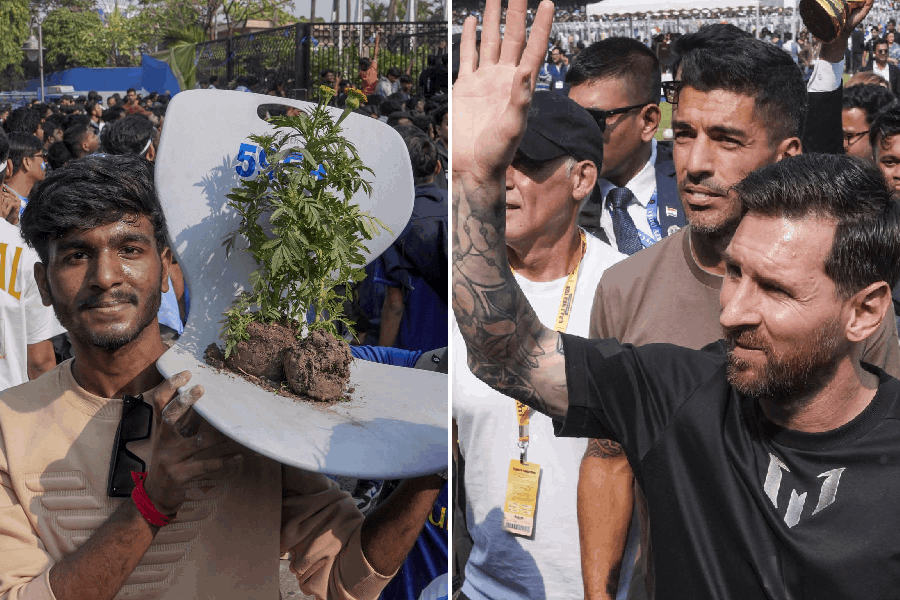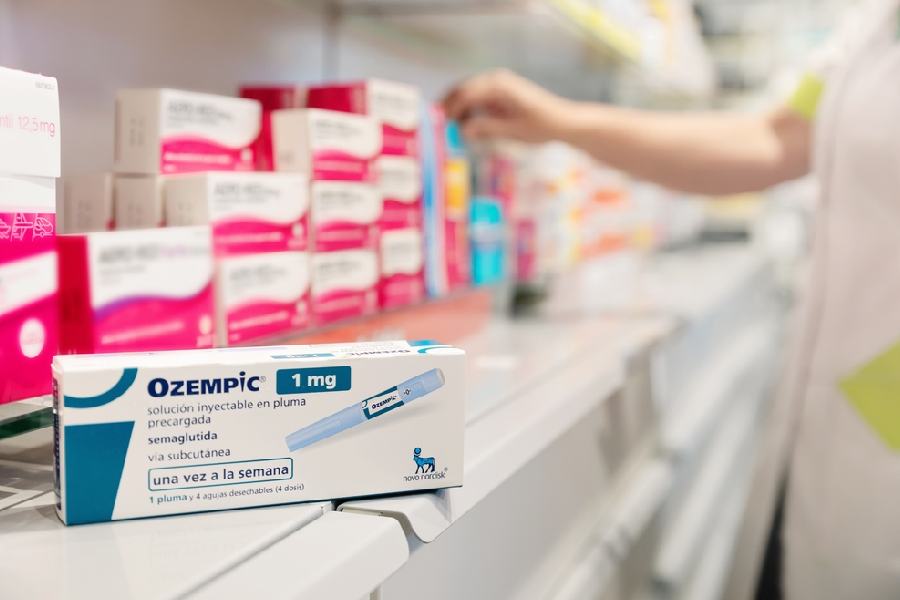 |
| File picture of AS Naidu |
Bhubaneswar, Jan. 30: The Justice A.S. Naidu Commission, which probed into the hooch tragedy in Cuttack and Khurda districts, has found Epeecarm or cinnamon water, a medicinal preparation with high alcoholic content, to be the main cause of deaths.
The report, submitted to the state government in April last and yet to be made public, has blamed the drug administration under the state health department for having no control over the production of Epeecarm, commonly used as a cough syrup.
The hooch tragedy, which took place in February 2012, had claimed 41 lives. Following a hue and cry in the Assembly and outside, chief minister Naveen Patnaik had ordered the judicial probe.
The then excise minister, A.U. Singh Deo, had tendered his resignation taking moral responsibility for the tragedy. The then health minister, Prasanna Acharya, is now the finance minister. Now, Naveen has rewarded Singh Deo by making him one of the three official candidates for the Rajya Sabha.
“The causes of death and bodily infirmities was consumption of the contents of bottles labelled as Epeecarm or cinnamon water manufactured by Eastern India Pharmaceutical Laboratory (EIPL),” said the report, a copy of which is available with The Telegraph.
A pharmaceutical unit manufacturing medicines is granted licence by the drug controller under the Drug and Cosmetics Act, 1940.
The 511-page inquiry report along with the action taken report has not been placed in the Assembly, the tenure of which is going to expire shortly.
“The incident like the one, which happened in February 2012, is due to the inaction of the authorities, who are vested with the power to maintain the standard and quality of drugs,” observed the commission.
“No report is made available to the commission to reveal that the quality of the drug which was manufactured by EPIL under batch No. 4,001 was verified or tested before it was released for sale. It prima facie appears that the manufacturer was permitted to market Epeecarm without any chemical testing report given by the drugs controller,” said the report.
“It also becomes evident from the chemical report obtained at a later stage that the bottles of Epeecarm contained only ethyl alcohol, water, chloroform spirit and essence. In other words, it was not containing any medicinal ingredients, and that appears to be the reason why the Epeecarm bottles are being used as a substitute for liquor,” the report observed.
Each bottle of Epeecarm, containing 42 per cent ethyl alcohol volume by volume (V/V) coupled with chloroform spirit, was used as a strong liquor and popular among poor labourers as it was cheaper.
The commission also blamed lack of co-ordination among the drugs administration, excise department, police and district administration. “All the aforesaid agencies discharge their duties within their own sphere, but without maintaining co-operation among themselves, leaving a wide gap in between though which an unscrupulous businessman easily sneaks out by producing and marketing adulterated, sub-standard and spurious products in the shape of intoxicants, beverages or medicines,” it observed.
To prevent recurrence of such tragedy in future, the commission recommended immediate implementation of the Orissa Excise Act, 2008. It also suggested that no permission should be accorded by the drugs controller for preparation of medicines containing alcoholic strength above 20 per cent V/V.
Besides, there should be separate workshop for alcoholic and non-alcoholic liquid section and a multi-disciplinary squad be constituted in each district to collect intelligence and conduct raids against illicit liquor trade, drug abuse and circulation of medicinal preparations for consumption as ordinary alcoholic beverage and prevent illegal entry of methanol on medicinal manufacturing premises, it suggested.










